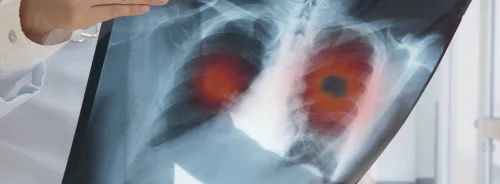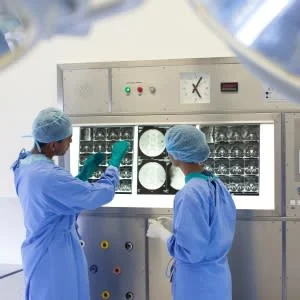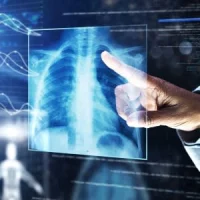The relationship between people and a healthy work balance is critical. Working conditions are fundamental determinants in this relationship. Medical professionals, including radiographers work very long hours each day which results in frequent work consequences due to the increasing workload and work environment. It is imperative we break down the problems to promote health and safety within the work environment.
There are high demands to perform well by the expectations and organisational objectives of the radiology department. However,the individual must regulate themselves daily; fatigue and distractions can pose a huge risk of promoting bad service and impact on the patient. If a good experience is not provided and the safety is not ensured, the treatment and follow-up of a patient can be severely affected.
Exposure to risk factors must be considered as they can deeply influence a radiographer’s relationship with work and their wellbeing. There are psychosocial risk factors, chemical risk factors such as exposure to liquids, dusts and gases, physical risk factors including exposure to radiation, illumination, noise, as well asergonomic factors such as repetitive movements i.e. helping people to get onto tables to ensure the best position for examinations.
As well as this, individual characteristics of a radiographer must be taken into consideration; personal circumstances, age, gender etc., can all have an influence on their health and wellbeing.
It is important to create awareness within the work space to improve a radiographer’s health and prevent disease and ill mental health. Several ways have been proposed to tackle this: create awareness, introduce risk assessments where one looks at the risk factors, and evaluate the risk assessment scores in order to act to minimise or mitigate them, identify new and emerging problems, and provide evidence to direct intervention and ensure health prevention activities.
Radiographers must ensure they can participate in a safe room. This entails learning to undertake a deep analysis of each room, including its safety and the safety design of the equipment, as well as making certain they are placed appropriately in their radiology rooms.
Several factors in the daily life of a radiographer can contribute to ill health and musculoskeletal disorders. For example, patient handling and manipulating heavy equipment, cold room temperatures, the noise of MRI machines, equipment designed to increase the workload and work stations thatare not adapted to the individual, can all lead to high rates of burnout and stress, injuries, discomfort and fatigue, etc.
Designers and radiologists need to collaborate to rethink the design of a room, the equipment and its flexibility to allow for it to be adaptable to each worker. There must be organisational change, as well as increased managerial awareness and education on the topic, so that the wellbeing of medical professionals improves and in turn patient outcomes can be improved.
References:
Serranheira M F. Sa dos Reis C (2023) European Society of Radiology (ECR). ECR Austria.










